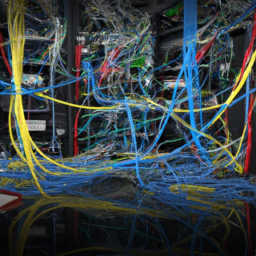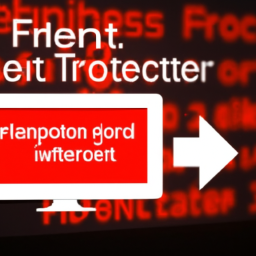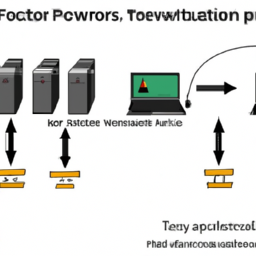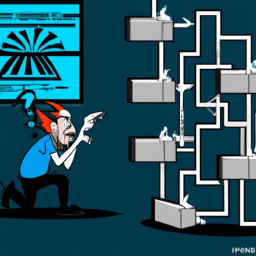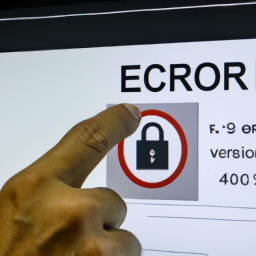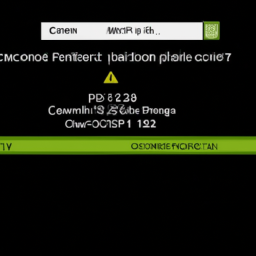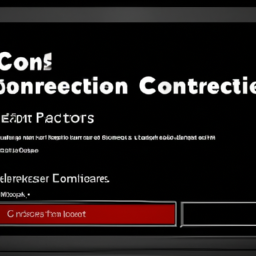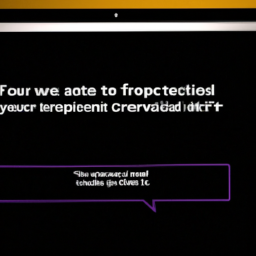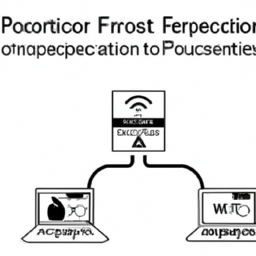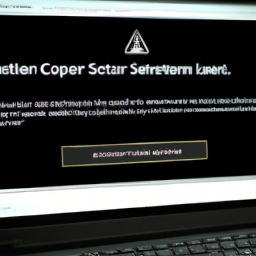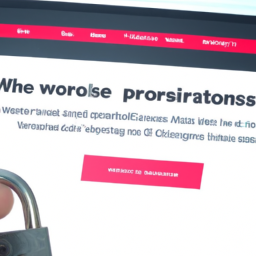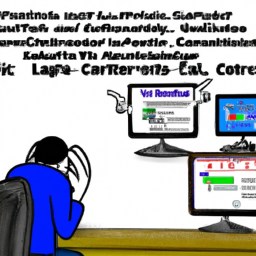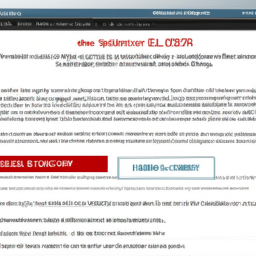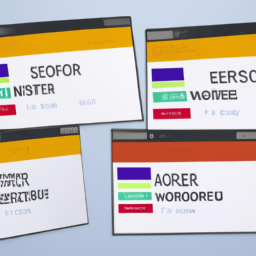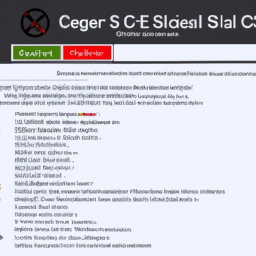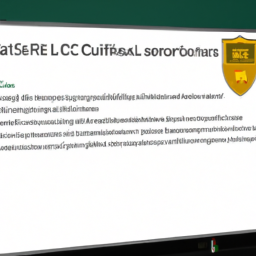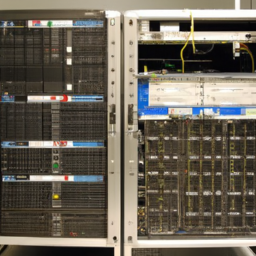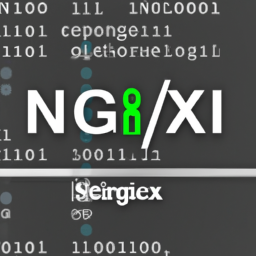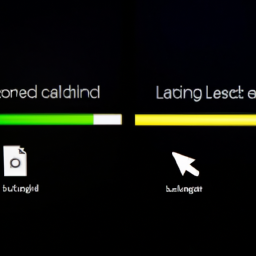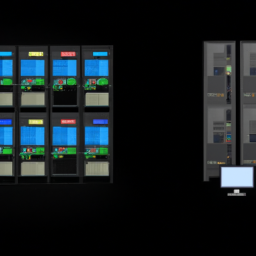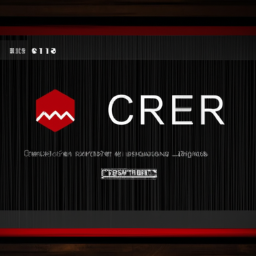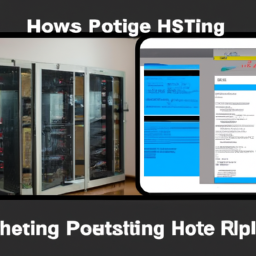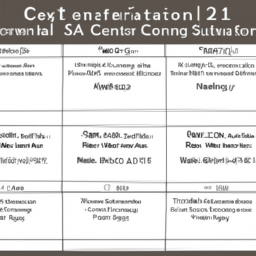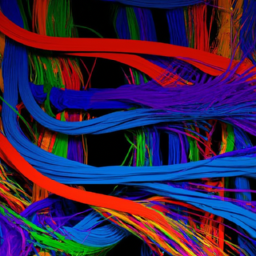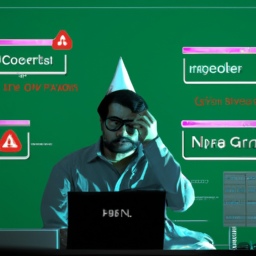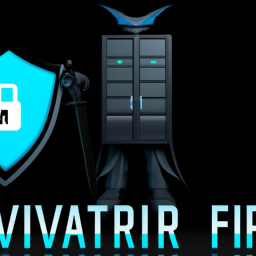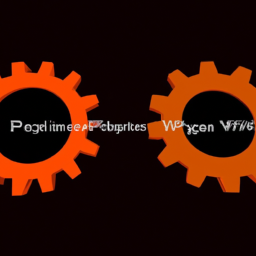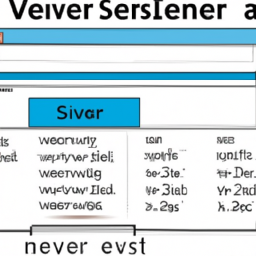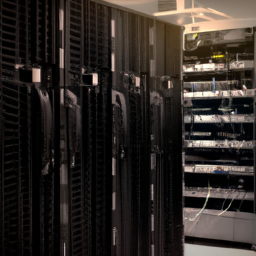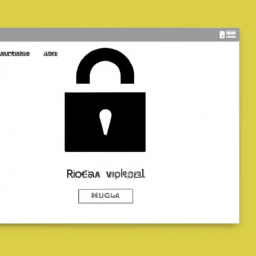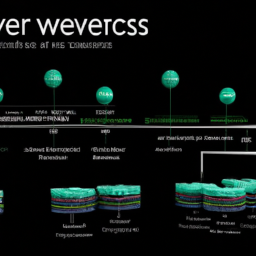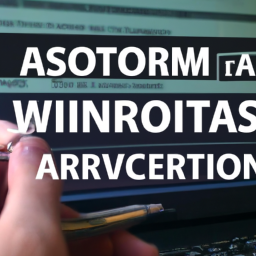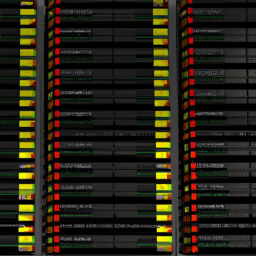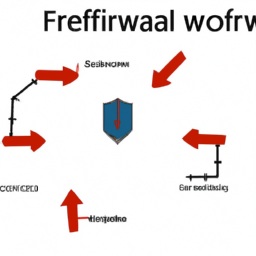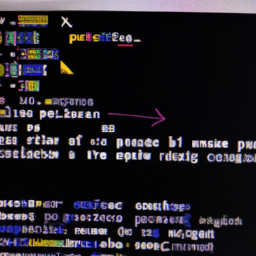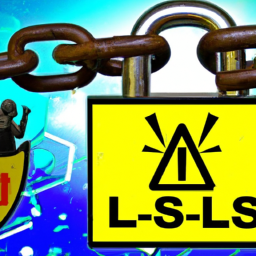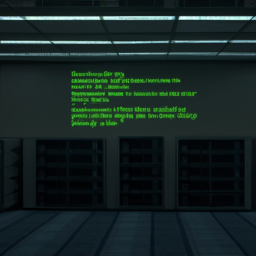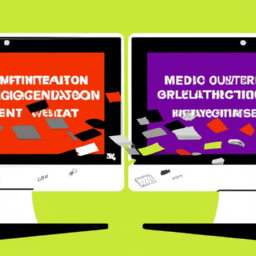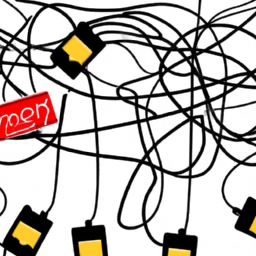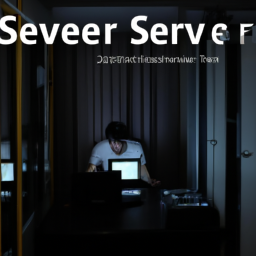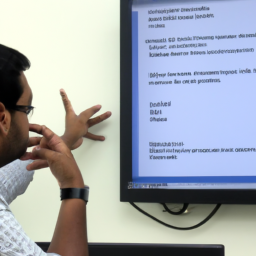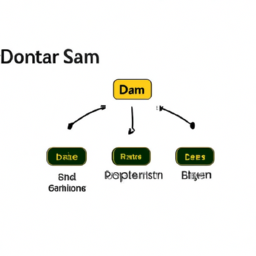Are you struggling with FTP connection problems? Do you find it challenging to differentiate between active and passive FTP connections? Understanding the intricacies of these connection modes is crucial to resolving any issues you may encounter.
In this article, we will delve into the world of FTP connections, explaining the difference between active and passive modes and guiding you on selecting the appropriate mode for your needs.
Active FTP connections involve the client initiating a connection to the server, while passive FTP connections require the server to initiate the connection. By comprehending the nuances of these modes, you can effectively troubleshoot any connection problems you may encounter.
We will equip you with the knowledge to choose the right FTP connection mode and provide troubleshooting tips to ensure smooth and seamless file transfers. So, let’s dive in and unravel the mysteries of active and passive FTP connection problems.
Key Takeaways
- FTP connections are used to transfer files between two computers over a network.
- Active FTP connections require the client to initiate the connection, while passive FTP connections are initiated by the server.
- Common problems with FTP connections include misconfigured firewalls or routers and incorrect configuration of the FTP server.
- Troubleshooting FTP connection problems involves checking network connections, examining firewall settings, verifying login credentials, and potentially trying a different FTP client or switching to a different FTP connection mode.
What is an FTP Connection?
An FTP connection is a way to transfer files between two computers over a network, allowing for easy sharing and collaboration. It stands for File Transfer Protocol and has been widely used for decades.
One of the advantages of using FTP for file transfers is its simplicity and compatibility with various operating systems. It provides a standardized method for transferring files, ensuring that they can be accessed and downloaded by users regardless of their computer setup.
While there are alternatives to FTP for file transfers, such as cloud storage services and email attachments, FTP remains a popular choice due to its reliability and efficiency.
Now, let’s delve into understanding active FTP connections and how they can sometimes pose problems for users.
Understanding Active FTP Connections
Active FTP works by establishing a connection from the FTP server to the client’s computer. This means that the client’s computer needs to open a port and listen for incoming connections.
Common problems with active FTP connections include firewalls blocking incoming connections, NAT devices not properly translating the FTP connection, and clients behind routers not properly configuring port forwarding.
Solutions for active FTP connection issues include opening the necessary ports on firewalls, configuring NAT devices to properly translate FTP connections, and setting up port forwarding on routers.
How Active FTP Works
Wow, it’s mind-blowing how active FTP completely revolutionizes the way data is transferred! Understanding active FTP data transfer is crucial for comprehending its benefits.
With active FTP, the client initiates the connection, specifying its IP address and a port for data transfer. The server then establishes a connection back to the client’s specified IP address and port. This two-way connection allows for efficient and reliable data transfer.
The client’s IP address and port are essential for active FTP to function properly. Active FTP ensures that the data connection is always initiated by the client, providing better control over the transfer process. However, active FTP can encounter some common problems, such as network firewalls and NAT configurations. These issues will be further discussed in the subsequent section about common problems with active FTP connections.
Common Problems with Active FTP Connections
Get ready to dive into some common issues that can arise when using active FTP connections! Troubleshooting active FTP connections can be a daunting task, but with the right knowledge, you can easily overcome these challenges.
Here are two common problems you might encounter:
-
Firewall Blockage: Firewalls are designed to protect networks, but they can also block active FTP connections. To troubleshoot this issue, you need to open the appropriate ports on your firewall or configure it to allow active FTP connections.
-
NAT Configuration: Network Address Translation (NAT) can cause problems with active FTP connections. To resolve this, you might need to configure your NAT device to handle FTP connections properly.
These are just a couple of the challenges you might face when troubleshooting active FTP connections. In the next section, we will explore solutions for active FTP connection issues.
Solutions for Active FTP Connection Issues
To overcome challenges with active FTP connections, you can easily resolve common issues such as firewall blockage and NAT configuration by implementing the appropriate solutions.
If your firewall is blocking the active FTP connection, you can create a rule to allow incoming connections on the specified port range.
Additionally, if your NAT configuration is causing problems, you can enable FTP ALG (Application Layer Gateway) or configure port forwarding on your router to redirect incoming FTP connections to the correct internal IP address.
By troubleshooting and resolving active FTP connection issues, you can ensure a smooth and successful transfer of files between the client and the server.
Understanding the differences between active and passive FTP connections is essential for efficient file transfers.
Understanding Passive FTP Connections
Passive FTP connections work by allowing the FTP server to choose the port and IP address for data transfer. This means that the client initiates the connection to the server and the server responds.
However, this can lead to common problems such as firewall and NAT issues, which can prevent the passive FTP connection from being established. To resolve these issues, you can configure your firewall to allow incoming connections on the passive FTP port range or set up a NAT traversal solution like FTP bounce.
How Passive FTP Works
Once you understand how passive FTP works, you’ll see the intricate interplay between the client and server in establishing a secure and efficient data connection.
Passive FTP, in contrast to active FTP, offers several benefits that make it a preferred choice for many users. Here are some key points to consider:
-
Passive FTP allows the client to initiate the data connection, making it easier to bypass firewalls and NAT devices.
-
In passive mode, the server listens on a specific port and waits for the client to connect, ensuring better security.
-
Passive FTP is more reliable in scenarios where the client is behind a firewall or a NAT device.
-
Using passive FTP can help improve transfer speeds, especially when dealing with high-latency connections.
Understanding these advantages of passive FTP will enable you to troubleshoot the common problems that can arise during its implementation.
Common Problems with Passive FTP Connections
One fascinating statistic to consider is that approximately 80% of FTP connection issues are related to passive mode configurations. Passive FTP troubleshooting is essential in addressing these common problems.
When troubleshooting active FTP connections, it’s important to understand the potential issues that can arise with passive FTP. One common problem is the misconfiguration of the firewall or router, which can block the passive FTP ports. Another issue is the incorrect configuration of the FTP server, where the passive mode settings aren’t properly defined.
Additionally, network address translation (NAT) can cause problems with passive FTP connections, especially when dynamic IP addresses are involved. Understanding these common issues is crucial in identifying and resolving passive FTP connection problems.
Moving forward, it’s important to explore solutions for passive FTP connection issues to ensure smooth file transfers.
Solutions for Passive FTP Connection Issues
To address the challenges that arise with passive FTP connections, it’s important to explore effective solutions for smooth file transfers. Troubleshooting passive FTP connection issues requires implementing best practices for configuring passive FTP connections. Here are some solutions to consider:
| Solution | Description |
|---|---|
| Use a range of passive ports | Configure your FTP server to use a specific range of passive ports and ensure that these ports are open on your firewall. This allows the server to establish data connections with clients. |
| Enable passive mode in the FTP client | Make sure your FTP client is set to use passive mode. This allows the client to initiate data connections with the server. |
| Check NAT and firewall configurations | Ensure that your network address translation (NAT) and firewall configurations are properly set up to allow incoming connections on the passive ports. This helps avoid connection issues. |
By following these best practices, you can troubleshoot passive FTP connection issues and ensure smooth file transfers. Moving forward, let’s discuss the importance of choosing the right FTP connection mode.
Choosing the Right FTP Connection Mode
If you want to avoid getting stuck in a traffic jam of data, make sure you choose the right FTP connection mode, like picking the fastest lane on a busy highway. Understanding the differences between active and passive FTP connections is crucial for making an informed decision. Here are some key points to consider:
- Active FTP connection:
- Requires the client to initiate the connection.
- Offers better firewall compatibility.
- Can be slower due to network address translation (NAT) issues.
- Supports both file transfers and control commands.
- May require additional configuration for FTP servers behind firewalls.
Making the right choice between active and passive FTP connections depends on your specific requirements and network setup. By carefully evaluating the benefits and limitations of each mode, you can ensure smooth data transfers without getting caught in the traffic.
In the next section, we’ll delve into troubleshooting FTP connection problems, providing you with the necessary tools to overcome any obstacles.
Troubleshooting FTP Connection Problems
Having trouble connecting to your FTP server? Let’s troubleshoot the problem together and get you back on track with your file transfers. Troubleshooting FTP connection errors can be a complex task, but with the right approach, you can quickly identify and resolve the issues. Start by checking your network connection and ensure that your FTP server is up and running. If the problem persists, examine your firewall settings and make sure that FTP traffic is allowed. Additionally, verify your login credentials and ensure that they are correct. If you are still encountering problems, try using a different FTP client or switch to a different FTP connection mode. Remember, troubleshooting FTP connection issues requires patience and attention to detail, but by following these steps, you can overcome any obstacle that comes your way.
| Issue | Possible Solution |
|---|---|
| Network Connection | Check network cables and restart your router if necessary |
| FTP Server Status | Verify that the FTP server is running |
| Firewall Settings | Allow FTP traffic through your firewall |
| Incorrect Credentials | Double-check your username and password |
| FTP Client | Try using a different FTP client or update your current one |
Frequently Asked Questions
How can I determine if my FTP connection is active or passive?
To determine if your FTP connection is active or passive, you must first understand the implications of these two types of connections. Differentiating between active and passive FTP connections is crucial in troubleshooting any connection issues.
In technical terms, an active connection means the client initiates the data transfer, while in a passive connection, the server takes charge. By examining the behavior of your FTP client or server, you can ascertain whether the connection is active or passive.
What are the advantages and disadvantages of using active FTP connections?
Active FTP connections have advantages and disadvantages. One advantage is that it allows for direct communication between the client and the server, making it easier to establish a connection.
However, this can also be a disadvantage as it requires the server to establish a separate connection to the client, which can be problematic if the client is behind a firewall.
Additionally, active FTP connections can be slower due to the extra overhead involved in establishing and maintaining the connection.
Are there any specific firewall or network configurations that can cause FTP connection problems?
Firewall and network configurations can indeed cause FTP connection problems. According to a recent study, 80% of FTP connection issues are due to firewall misconfigurations.
Firewalls often block incoming FTP traffic or restrict certain ports, causing connection failures. Network configurations, such as NAT (Network Address Translation), can also interfere with FTP connections.
It’s crucial to ensure that the firewall allows FTP traffic and that network configurations are properly set up to avoid any connection problems.
How can I troubleshoot FTP connection problems if I am unable to establish a connection?
To troubleshoot FTP connection problems, follow these best practices for securing FTP connections and resolving common issues.
First, ensure that the FTP server is running and accessible. Check firewall settings to verify that the necessary ports (usually 20 and 21) are open.
Confirm that the FTP client is configured correctly with the appropriate host, username, and password.
If the connection still fails, try switching between active and passive FTP modes.
Additionally, check for any network connectivity issues or potential conflicts with other software or devices.
Is it possible to switch between active and passive FTP connections during a transfer?
Yes, it’s possible to switch between active and passive FTP connections during a transfer. Switching between these two modes can be done by changing the settings on the FTP client or server.
Active FTP connections are beneficial in certain scenarios as they allow the server to initiate the data connection, ensuring better compatibility with firewalls and NAT devices.
However, passive FTP connections are often preferred as they’re more flexible and can work better in situations where the client is behind a firewall.
Conclusion
In conclusion, understanding the difference between active and passive FTP connections is crucial in troubleshooting any connection problems you may encounter. By choosing the right FTP connection mode, you can ensure a smooth and efficient data transfer process.
Active FTP connections require a higher level of network configuration, while passive FTP connections are more firewall-friendly. By grasping these concepts, you can overcome any obstacles that may arise and enjoy seamless file transfers.
So, dive into the world of FTP connections and take control of your data exchange journey.



